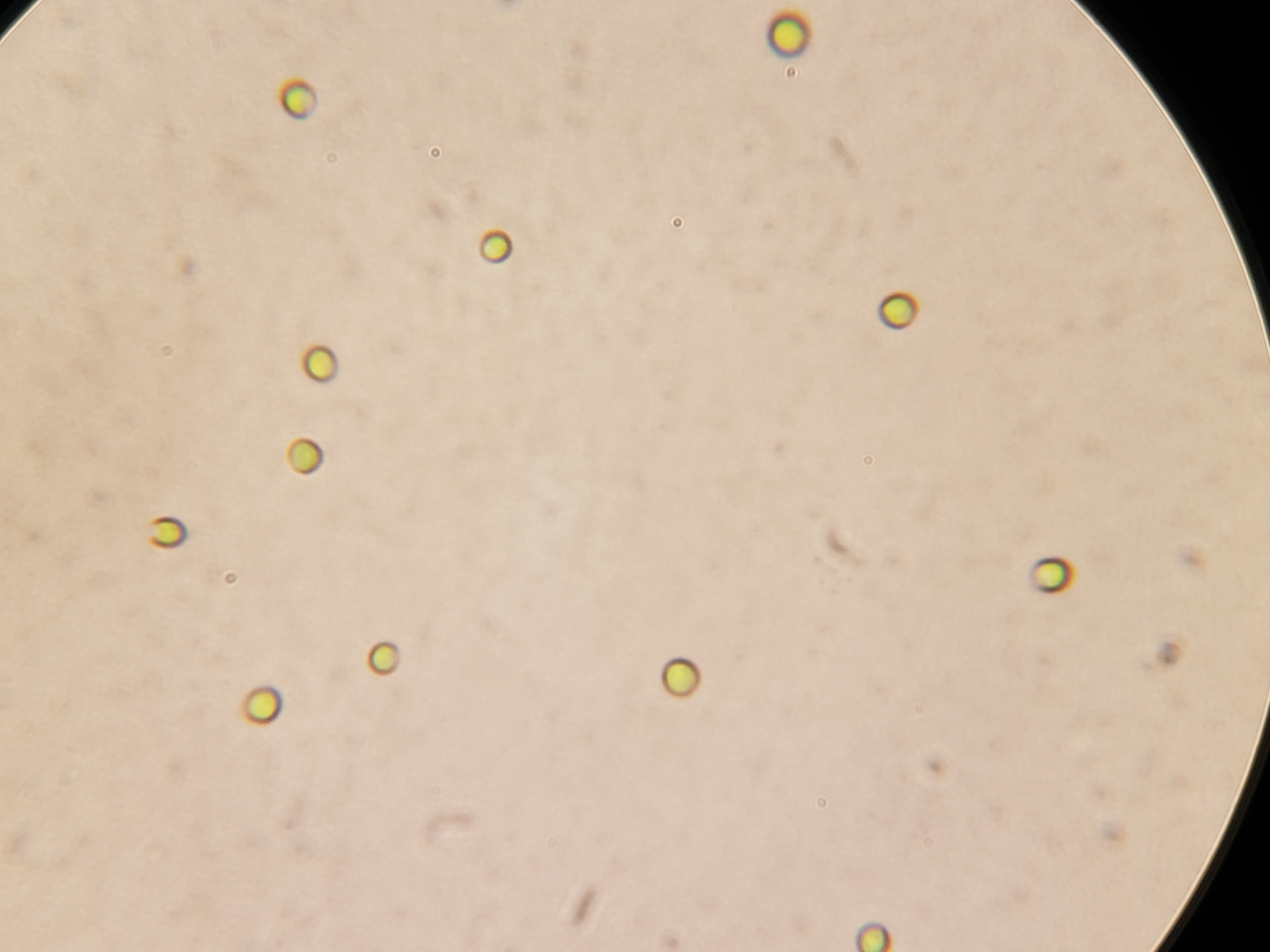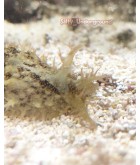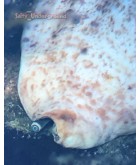Live Phytoplankton: Building Blocks of a Healthy Reef Tank
Written by: Emily Strunk September 29th, 2022
The dream of every aquarist is for their tank to be as clean, healthy, and vibrant as it possibly can be. There are many tools at our disposal to achieve these goals including effort intensive regular water changes, clean up crew invertebrates, and expensive equipment such as protein skimmers and bioreactors. What if I told you that there’s one simple thing you could add to your tank just once a day that would help keep the water crystal clear, remove gross unwanted algae, and make all of your ‘pods, corals, and fish as happy as clams? Sounds pretty fishy huh? Bad puns aside, the addition of phytoplankton to an saltwater fish aquarium can help establish a natural food web in your tank that closely mimics the natural marine environment and will make your tank inhabitants happier and healthier.
You can find our Nannochloropsis Phytoplankton 8oz here
Jump To
What is phytoplankton?
The word phytoplankton comes from the Greek words phyto meaning plant and plankton meaning made to drift and is used to describe a whole lot more than just microscopic plants. Phytoplankton comes in many forms.
The red cyanobacteria that is so despised in aquariums is a common form of phytoplankton. Pesky diatoms are another form of silica encased brown microalgae. The phytoplankton we’ll be discussing in this article are the beneficial green and gold microalgae varieties. Almost all phytoplankton contain chlorophyll which is used to capture light energy from the sun (or your LED aquarium lights). The light energy is then converted into food through photosynthesis. Most phytoplanktons perform photosynthesis but some varieties are chemoautotrophs, which means that they get their energy from chemicals, typically from undersea volcanic vents.

Close up of Phytoplankton, photo credit: Emily Strunk September 29th, 2022
Microalgae makes up the foundation of the food chain in the wild. Microalgae make their own food from sunlight and dissolved nutrients in the water. They are then eaten by filter-feeding invertebrates, larvae, or zooplankton in turn they are then eaten by larger organisms and so on and so forth. Because most home aquariums are set up to exclude outside contaminants such as cyanobacteria or diatoms, they are also lacking this fundamental piece of a functioning marine ecosystem.
This deficiency is usually fixed through the addition of commercial foods and supplements. Home aquariums can absolutely be successful without the input of phytoplankton, they just won’t have a natural marine food web providing a beneficial environment for helpful and edible copepods and helping to balance water chemistry and nutrient levels. When it comes to adding microalgae to your tank, there are three main varieties that are popular in the saltwater hobbyist community: Nannochloropsis, Tetraselmis, and Isochrysis.
All three of these varieties have different sizes, nutritional make ups, and beneficial effects on the tank environment so they can often be found in commercial phytoplankton mixes in addition to being sold individually. Nannochloropsis is the most commonly found as it is extremely easy to grow, is a suitable live feed for a variety of species, and has a longer shelf life of up to three months in the refrigerator. That being said, it's very difficult to go wrong with dosing your tank with most kinds of phytoplankton. These microalgaes live only in the water column and are eagerly snatched up by hungry organisms that eat phytoplankton so they will never grow out of control in your tank when used correctly
Benefits of live phytoplankton dosing
- Consumes excess nitrogen and phosphates which balances water chemistry Limits growth of other nuisance algae
- Provides a food source for fish larvae and zooplankton including copepods and rotifers
- Provides a food source for soft corals, sponges, and other filter-feeding invertebrates
- Nutritious (rich in EPA and fatty acids) and color enhancing Can be directly fed to corals or other filter feeders or indirectly dosed to the entire tank No phytotoxins/won’t foul water
Downsides of live phytoplankton dosing
- Recommended to be done daily
- Can be expensive if buying commercial mixes for large volumes of water
Storage and dosing instructions
Live phytoplankton should be stored in the refrigerator for up to three months or until the mixture loses its green color, settles to the bottom of the container, or starts to smell. Shaking the bottle every few days will prevent the algae from settling and dying.
Dosing is often done on a tank-by-tank basis. Tanks with high quantities of corals may require higher doses while fish-only tanks may desire smaller doses. A good starting place is to dose 5 milliliters (mL) per 20 gallons every day for a few weeks before observing the effects and adjusting the dose accordingly.
The indirect use of phytoplankton is often compared to humans taking multivitamins. You may not immediately see the benefits but over time you’ll be healthier and less likely to get sick. To spot feed corals, simply use a pipette or turkey baster to release the phytoplankton near your corals. It is recommended to stop any protein skimmers while dosing as skimming will just cancel out any benefits that would come from adding phytoplankton as all of the phytoplankton will be skimmed out of the water column.
Additional Information:
Read more on proper dosage here
Read more general Plankton information
More about our Algae here at Salty Underground
Want to know more about culturing Phytoplankton? Here are some good reads:
Here you can find more in-depth information on Phytoplankton in the wild




